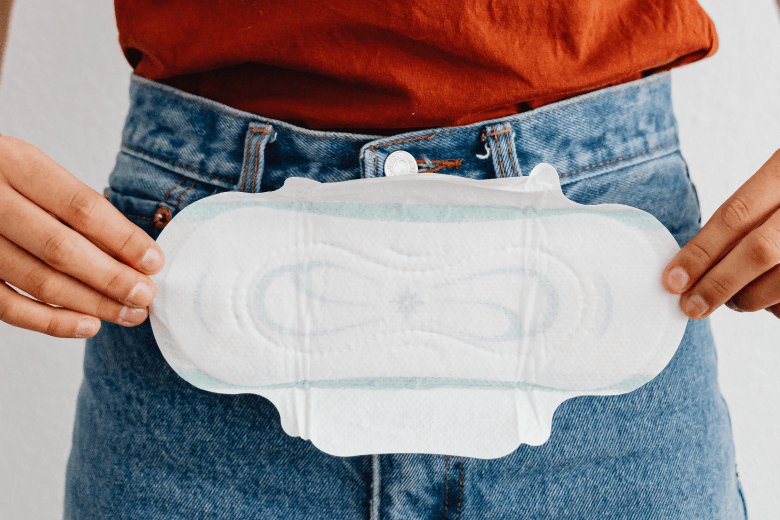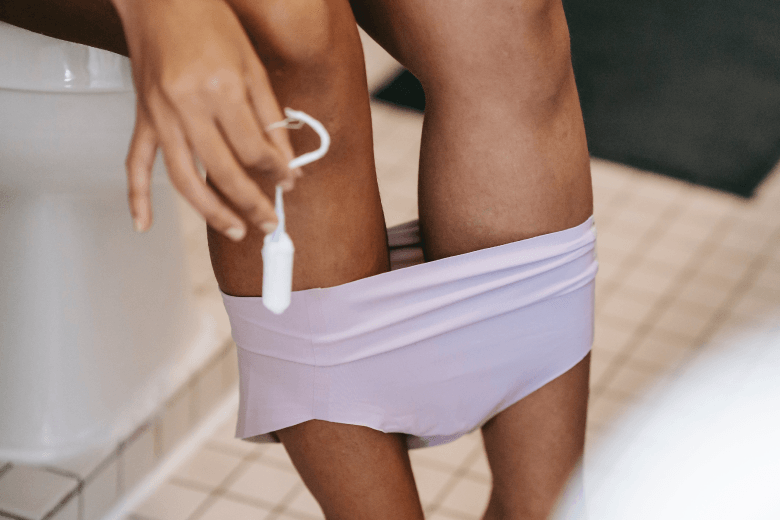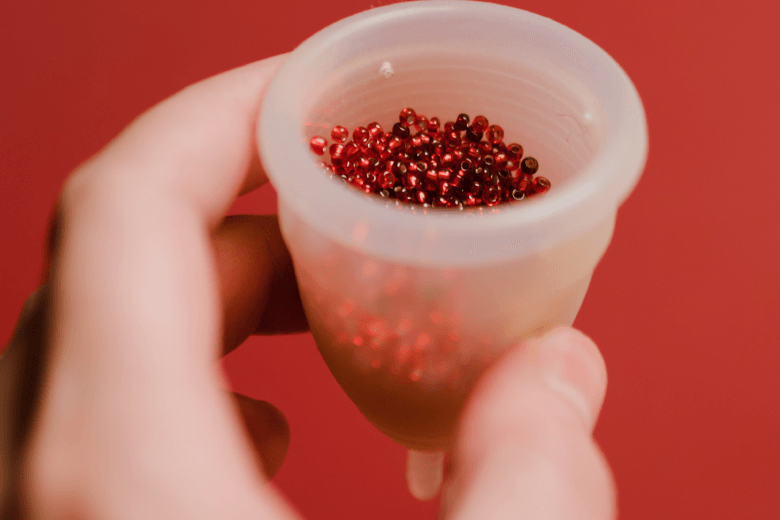Menstruation is the name given to the vaginal bleeding experienced by individuals with a womb almost every month. It could be either regular or irregular and consist of either light, heavy bleeding, or no bleeding at all. Today there are several menstrual hygiene products to choose from such as sanitary pads, tampons, and menstrual cups.
Let’s explore each product in more detail and help you to make the right choice for your needs and lifestyle.
Sanitary pads
Different brands produce different sized sanitary pads made from different types of materials. Pads are divided into categories such as daily, normal and night. They are represented in packages so that you can use them more hygienically and carry them with you. Daily pads have a small adhesive tape on the back, while regular or long pads have a small adhesive tape to hold the wings together.
After taking off all the tape you can stick the wings, if there are any, on both sides of the pad around your underwear so that the pad does not slip and stick together.
Period underwear
Period underwear look like your regular underwear with the addition of extra layers of fabric that absorb your menstrual bleeding during your period. They can be used when you have a light flow, or as an aid for when you have a heavy one. They serve as back – ups for pads and tampons. You can also use them with a menstrual cup.
Tampon
A tampon is a menstrual hygienic product usually made of synthetic polyethylene fibre which is designed to be easily inserted into the vagina and to absorb blood flow during menstrual periods. It is placed inside of the vagina and absorbs all the flowing blood.
You can easily insert the tampon in both a sitting and standing position. First, spread your legs wide. With the hand that you are not holding the tampon, you can gently separate the labia on both sides of the vulva and use your index and middle fingers at this phase. After inserting the tampon in the opening of the vagina, you should push the tampon until your index finger is in the vagina. At this stage, only the thread of the tampon should remain outside. When you stand up after the placement, you should feel comfortable and you should not be able to feel the tampon!
If it hurts, it’s for sure not well collocated. It’s reasonable to keep it in for between 4 and 6 hours straight, never more than 8. As an extra advantage, you may want to consider the fact that you can go into a pool or have a swim wherever, comfortably.
Menstrual cup
Menstrual cups resemble tampons in terms of use, but they are a more eco-friendly choice. They look like a funnel, so there are certain folds that will make it easier for you to insert it into the vagina. Just like a tampon, the cups are placed into the vagina. Only they are designed to collect blood instead of absorbing it. Since cups are not disposable products, their cleaning process is slightly different from tampons and pads. Before using the cup, you need to sterilise it in boiling water for 5 minutes. Make sure you only use the cups for a maximum of 8-12 hours.
Before inserting the cup, make sure your hands are sterilised. Fold the menstrual cup and gently push it into your vagina. You can choose to do this standing or in a squat position. When the entire cup is inserted into your vagina, you can use your fingertip to check the underside of the cup to make sure there are no gaps. You need to make sure the cup feels round or oval. If you feel it is not set well enough, you can continue adjusting it. Once you are sure it is in place, you may gently pull the tab on the bottom of the cup. You should feel a small amount of resistance, that means the cup is securely placed in the vagina in a vacuum shape.
Extra information regarding vagina care here.
References:
- https://www.healthline.com/health/womens-health/menstrual-cup
- https://www.plannedparenthood.org/learn/health-and-wellness/menstruation/how-do-i-use-tampons-pads-and-menstrual-cups
- https://helloclue.com/articles/culture/tampons-questions-and-misconceptions
Do you have something to share? Leave your comments below, contact us on our social media platforms: Facebook, Instagram, Twitter, YouTube and TikTok, send us an email to info@findmymethod.org. For more information on contraception, visit findmymethod.org.
About the author: Aysima Kiris is a psychologist and currently a graduate student of Gender and Women’s Studies at METU in Turkey. She is studying gender-based violence, consent, feminist media and sexuality knowledge.




